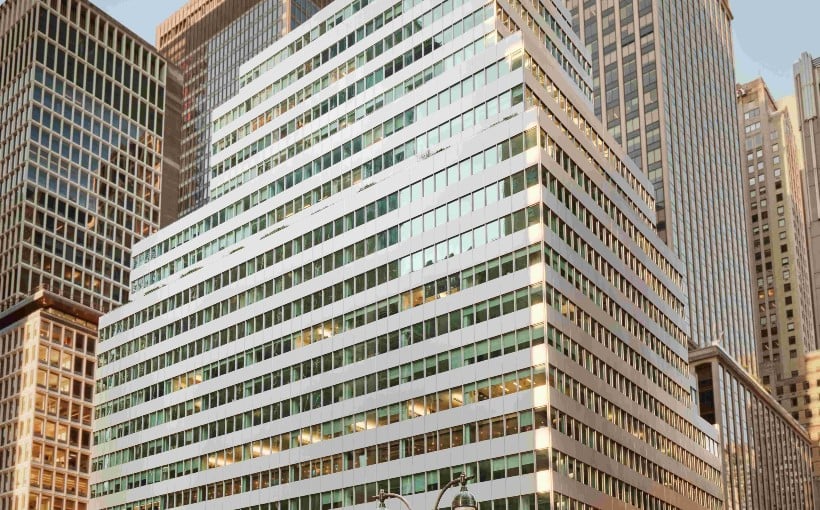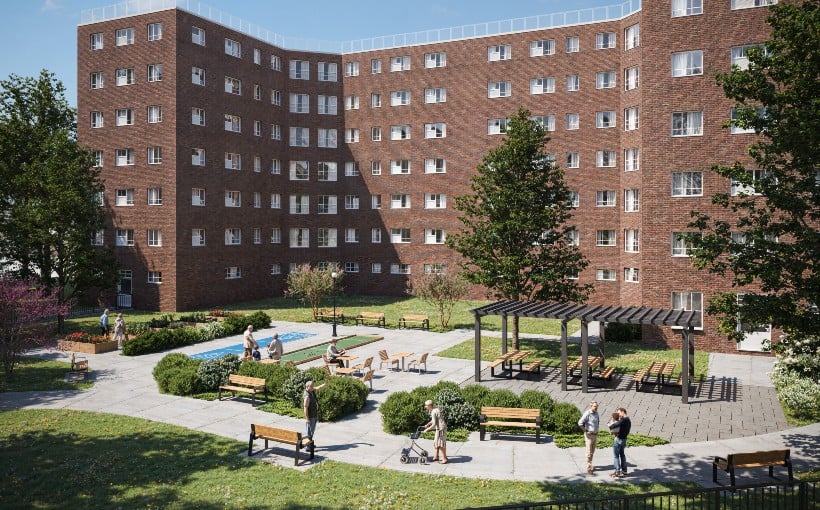According to JLL experts Guy Grainger and Paulina Torres, the demand for high-quality, low-carbon office space from corporate occupiers is expected to exceed supply by 75% in major U.S. markets by 2030. This projected shortage of approximately 57 million square feet highlights the growing need for energy-efficient and sustainable workspaces.
Grainger and Torres note that this demand is driven by several factors such as resilience to changing regulations, meeting sustainability targets in the near future, and being attractive to employees. However, they caution that the availability of energy-efficient office space varies from city to city based on industry presence, corporate requirements for workspace size, and current building stock.
For instance, Washington D.C., with its large number of government agencies having strict sustainability goals has a higher imbalance compared to other cities. Chicago faces a shortage due to limited development opportunities while New York has higher sustainability requirements due its dominance in finance and professional services firms with ambitious targets.
The authors also highlight how many corporates are reevaluating their office footprint considering hybrid working arrangements along with collaborative spaces and amenities while prioritizing sustainability efforts. They suggest that decarbonizing real estate operations through leasing low-carbon spaces can be an easier win compared tackling emissions across supply chains (Scope 3).
JLL estimates that between 2023-2030 three out four new lease agreements among top hundred office occupiers will require carbon commitments across major U.S markets which would lead towards more efficient buildings operationally speaking.
To bridge this gap between supply-demand imbalances owners must look into retrofitting or developing their properties keeping low-carbon standards at heart which could result in financial benefits like increased rent prices , cheaper debt options ,and attracting/retaining high-quality tenants . On contrary increasing regulatory costs coupled up migration tenant demands might impact net operating income negatively .
In order address these challenges both owners & tenants should collaborate on reducing building emissions thus sharing both the costs and benefits. This approach could result in a more sustainable future for commercial real estate.




